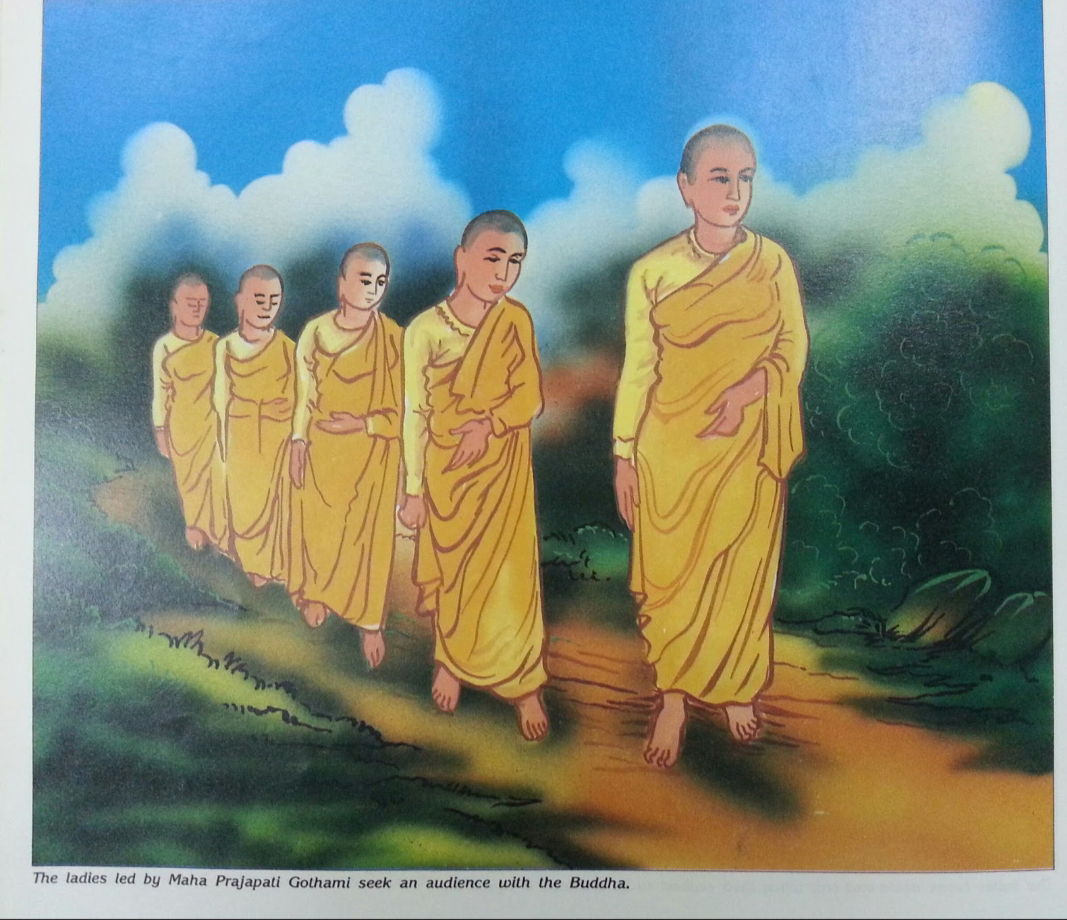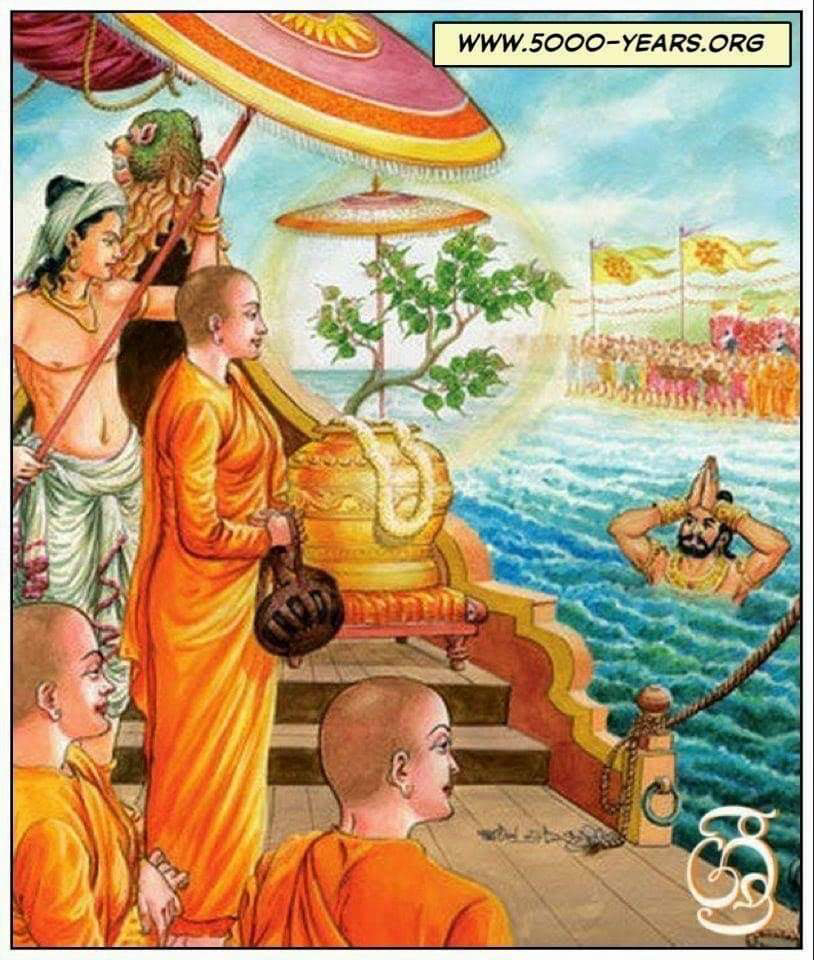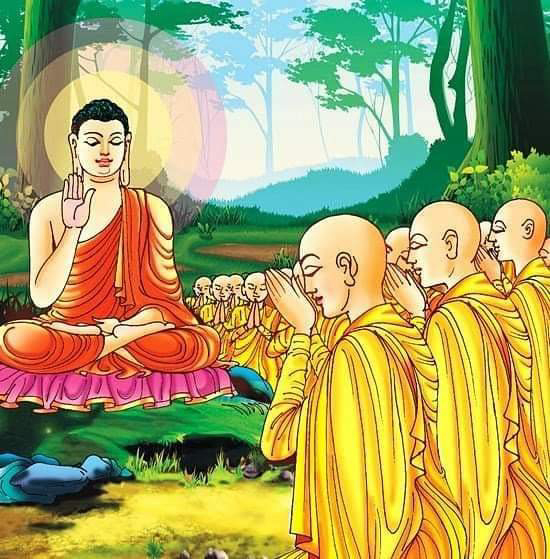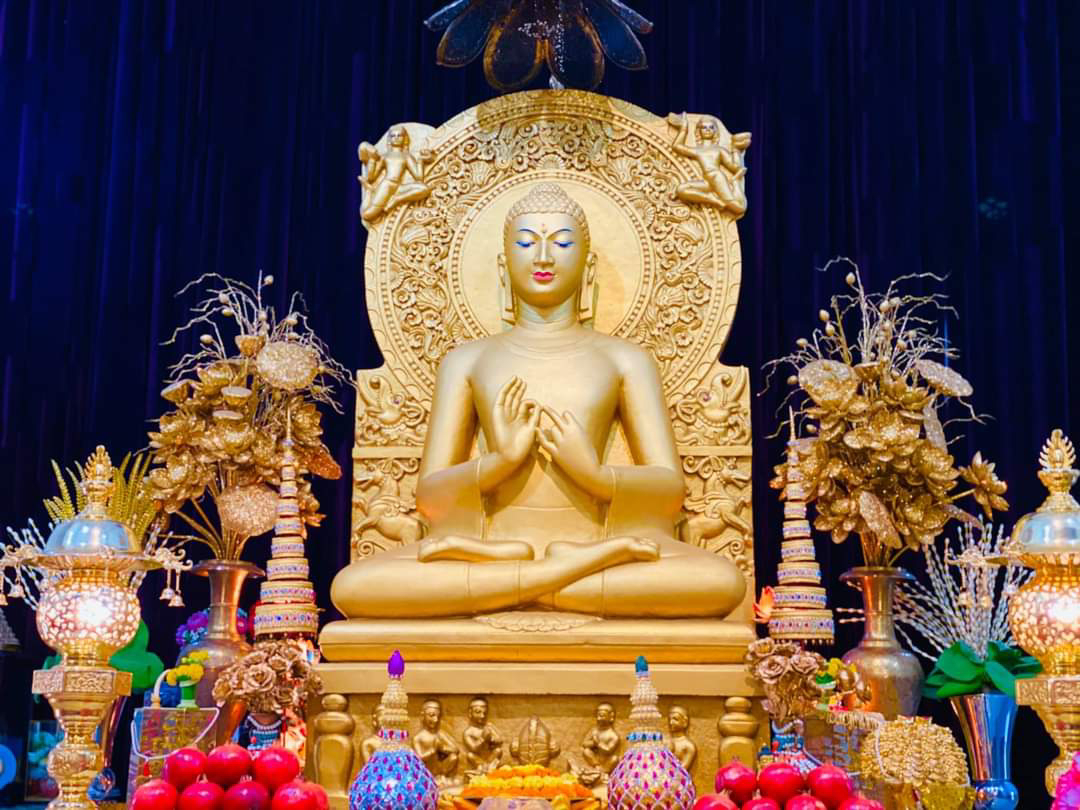Today Mata Ramabai Ambedker birthday (7/02/2021). Cordial wishes for Mata Ramabai Ambedkar’s Birth Anniversary!!!
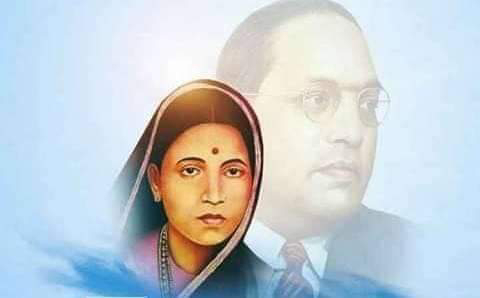
‘भारतीय संविधान के निर्माता’ और भारत के पहले कानून मंत्री, डॉ. भीमराव आम्बेडकर ने अपने जीवन में हर कदम पर चुनौतियों का सामना किया। लेकिन वे कभी रुके नहीं। उनके इस सफ़र में बहुत-से लोगों ने उनका साथ दिया। कभी उनके स्कूल में एक शिक्षक ने उनसे प्रभावित होकर उनको अपना उपनाम दे दिया, तो बड़ौदा के शाहू महाराज ने उन्हें उच्च शिक्षा के लिए इंग्लैंड भेज दिया था। इन सब लोगों के बीच एक और नाम था, जिसके ज़िक्र के बगैर बाबासाहेब की सफ़लता की कहानी अधूरी है। वह नाम है रमाबाई आम्बेडकर! रमाबाई भीमराव आम्बेडकर बाबा साहेब की पत्नी थीं। आज भी लोग उन्हें ‘मातोश्री’ रमाबाई के नाम से जानते हैं। 7 फ़रवरी 1898 को जन्मी रमा के परिवार की आर्थिक स्थिति बहुत अच्छी नहीं थी। बचपन में ही उनके माता-पिता का देहांत हो गया था। ऐसे में उनके मामा ने उन्हें और उनके भाई-बहनों को पाला। साल 1906 में 9 वर्ष की उम्र में उनकी शादी बॉम्बे (अब मुंबई) के बायकुला मार्किट में 14-वर्षीय भीमराव से हुई। रमाबाई को भीमराव प्यार से ‘रामू’ बुलाते थे और वो उन्हें ‘साहेब’ कहकर पुकारतीं थीं। शादी के तुरंत बाद से ही रमा को समझ में आ गया ...

